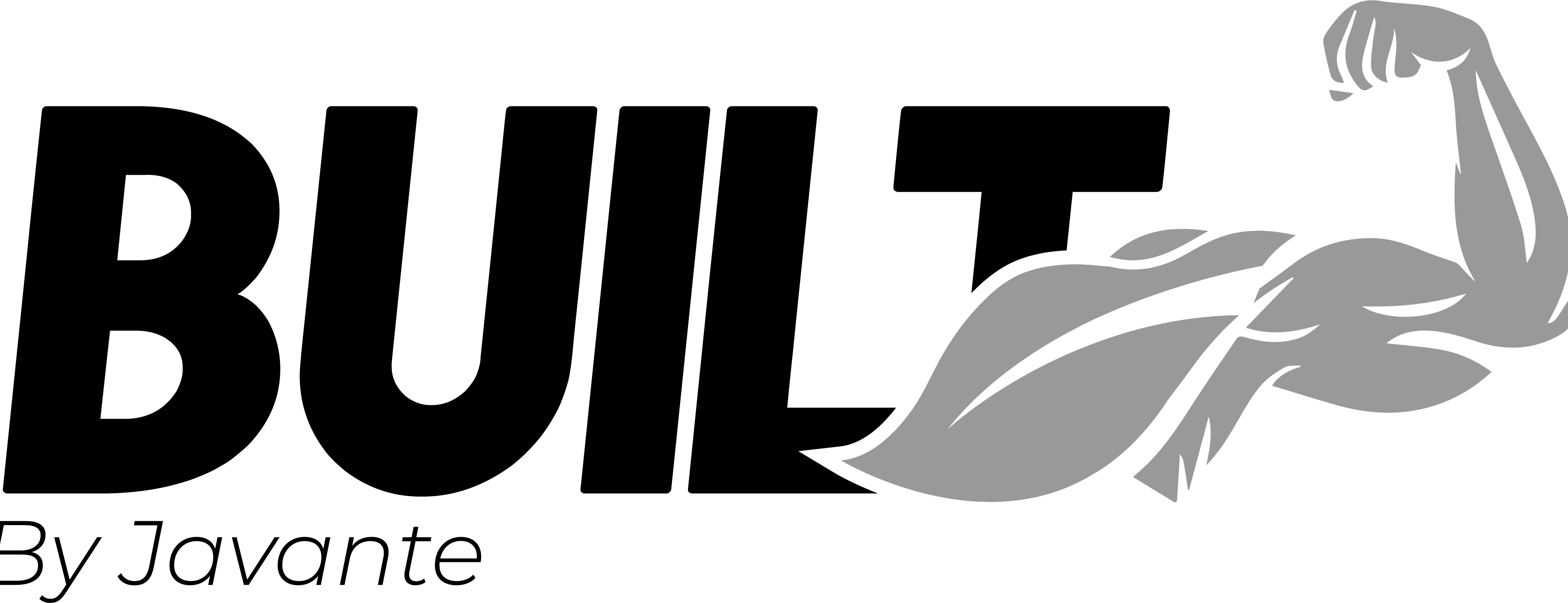Case Study Reflection: Weight Management with Mr. Robertson
Working through Mr. Robertson’s nutrition case study n provided a valuable, hands-on opportunity to integrate the Nutrition Care Process (NCP) into a real-world scenario. This case challenged me to critically assess intake data, apply evidence-based guidelines, and create personalized, actionable recommendations for a recently retired older adult with a history of acute weight gain and minimal physical activity.
One of the most important insights gained from this case was the power of dietary pattern analysis using both the Exchange Method and Cronometer. While the Exchange Method offered a practical overview of macronutrient and food group balance, Cronometer provided a precise, detailed nutrient breakdown. This dual approach strengthened my ability to analyze dietary intake from both clinical and counseling perspectives.
Through the NCP framework, I was able to identify Mr. Robertson’s primary nutrition problems: excessive energy intake, low fiber intake, high saturated fat consumption, and inadequate physical activity. Developing PES statements helped me connect assessment data to actionable diagnoses, while nutrition intervention planning required me to consider his motivation, barriers, and social support systems.
What stood out most in this case was the importance of tailoring interventions to the client's readiness to change. Mr. Robertson was not resistant but needed realistic and incremental strategies. For me, it reinforced how essential motivational interviewing and SMART goal setting are when working with clients who may feel overwhelmed or unsure where to begin.
Additionally, this case strengthened my skills in interpreting dietary guidelines and Dietary Reference Intakes (DRIs) in the context of older adults. It also revealed the impact of energy density and discretionary foods on total caloric load, something that might not be obvious from just reviewing portion sizes alone.
From a counseling and educational standpoint, this case showed me the value of involving family members (like Mrs. Robertson) in dietary behavior change and using simplified tools such as the Exchange Method early in the education process. As a future RDN, I see how foundational these tools can be when building rapport and helping clients visualize their goals.
Overall, this case study deepened my clinical skills and enhanced my confidence in applying the Nutrition Care Process. It also reinforced the value of combining assessment tools, tailoring nutrition education, and addressing the behavioral side of nutrition counseling. I feel more prepared to support older adults in improving their health outcomes through realistic, sustainable dietary change.
